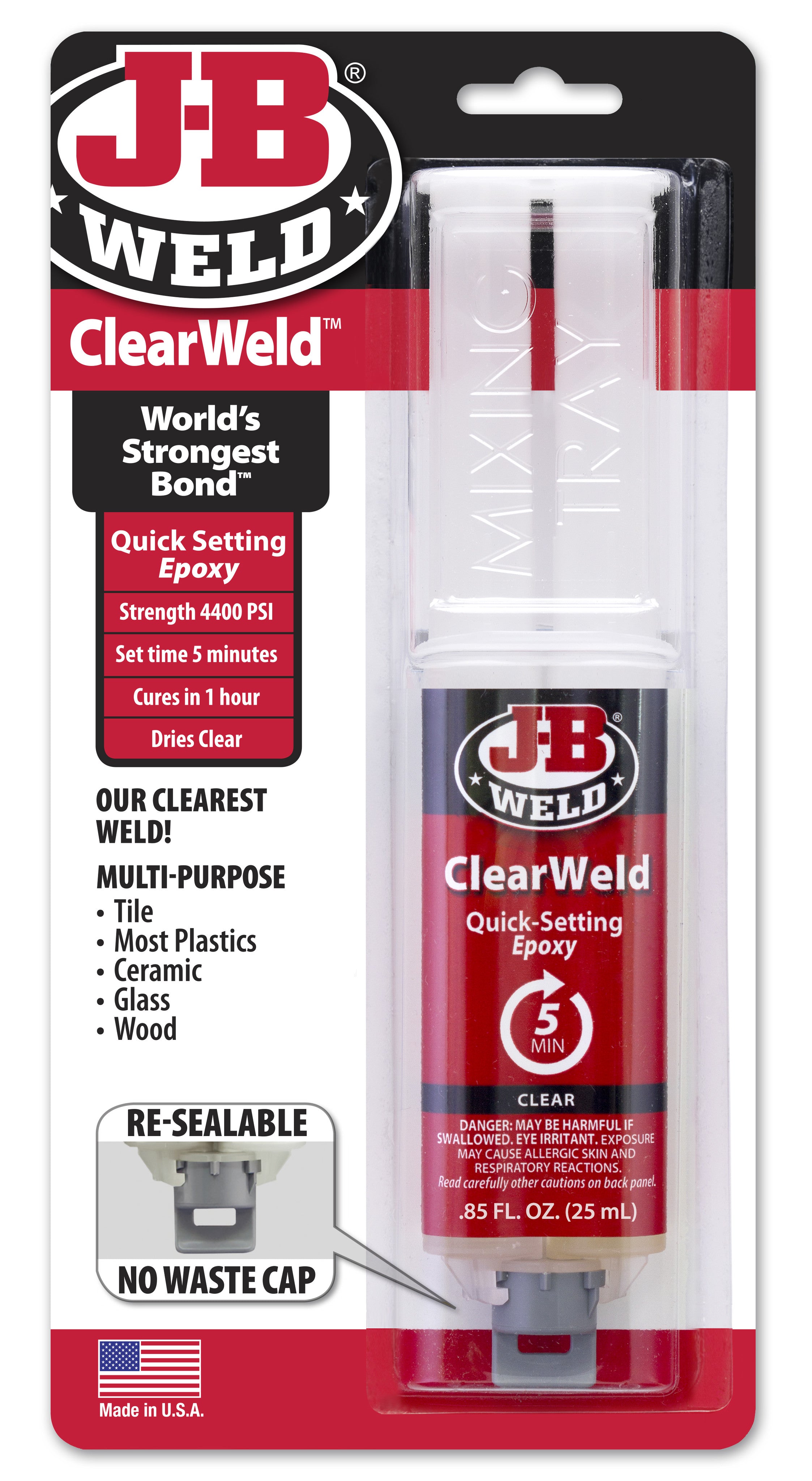My older brother was lucky enough to learn how to “stick-weld” from our Uncle Tobe. “Tobe” was an old Navy SeaBee (Construction Battalion) and left the Navy after WW II to become a respected repairer of heavy construction equipment. His welds looked like machine welds - always even and perfectly spaced. When he set up to teach Ray, his nephew, how to weld, he dragged out a 4’ X 4’ sheet of 1/4” thick steel, ran a horizontal and vertical bead up in one corner as an example, spent about 30 minutes showing Ray how to hold the stick and how to set the welder up, how to advance and how to weave with your arm and wrist, then said “OK - I’ve shown you the basics, now fill this sheet with weld til you make yours look like mine”.
Do you know how long it takes to fill a 4’ X 4’ space with 1/4” wide weld beads? Let me tell ya.....HOURS. Every once in a while, Tobe would stop back, give Ray a few tips, change his direction on the sheet and let him keep laying down beads. Hundreds of beads. By the end of the weekend, Ray’s welds were looking pretty good and he had a sunburn on his forearms. He went back and did three more weekends, eventually graduating to welding deeper stuff, and how to prepare steel and cast iron parts of all thicknesses to weld them and make them strong again (it quickly becomes an Art), before Tobe told him he was good enough to weld for a living, saying “Your welds still look like an f-ing amateur did ‘em, but only a SeaBee or one-a them friggin’ Nuclear Plant Inspectors would notice!”
Ray was good......Really good, but he never had the time to teach me, his little brother, as he had been taught. By the time I started building stuff and had a need to weld things, Ray just did them for me whenever I asked and Tobe had succumbed to lung cancer, that silent killer of so many men who had survived the horrors of enemy attacks while building airstrips and bases on forgotten islands in the Pacific as part of the advance vanguard of SeaBee soldiers who often went in first to set things up for the “real” soldiers to arrive, later on.
Tobe never taught me to gas weld, either (in all honesty, he was NOT a gas welding guy - “Fire makes a good wrench better, but that’s about all.”). My brother and I respected him a lot, though, and Ray even named his son after Tobe. Gas welds I learned from Franny Maroney, an old Auto Body guy and the last of the local “Lead Men”, who used lead to skim panels before “Bondo” came along. I actually learned on thin (19 ga) panels, so welding a 1/8” thick piece of exhaust pipe is a snap - as long as I gas weld, not MIG it. When I MIG weld I always seem to want to rush it, run too much power and too fast a wire feed so I keep blowing holes into the joint with the wire. When I gas weld, I take a deep breath, put my reflexes somewhere else and just relax to watch the metal respond to my torch and look for the iridescence of metal (and rod) on the brink of changing state from a solid to a plastic and then just hold things in that state by maneuvering the torch, letting the rod blend in to the joint. Sounds easy, but, like anything, it takes practice and I haven’t practiced it much since about 1971 when I built my ‘46 Hot Rod.
I was happy with today’s work because (1.) my welds were strong and filled well, (2.) they blended well, looked OK and didn’t need to be ground out to look decent and (3.) I didn’t set either my clothes or my garage on fire and nothing blew up.
Were they up to Franny’s standards? Hell, no! He could perfectly butt-weld car panels in compound curves with very little welding rod and all you needed to finish them was a bar sander to smooth them out. At my age, I’ll prob’ly never be that good.....I am not that steady anymore. But then, the only thing that smoothed Franny out was alcohol, which eventually killed him. I think he was watching, though, and would have offered pointers, if he could have. My Cream Stout this evening will be a toast to both him and Tobe. Still Mentors after all these years.
![]()


